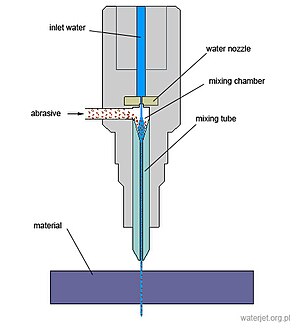"The problem of cybersickness can prevent the healthy growth of VR technology !"
http://www.polygon.com/2013/8/19/4636508/oculus-rift-is-working-to-solve-simulator-sickness
- staircases
- backwards or quick lateral movement
- minimal shifts to the horizon line
- head bobbing
Over 80% of individuals exposed to VR simulations of 20 minutes reported increases in sickness symptoms
GENERAL
reverse to motionsickness (Seekrankheit) not an illness: the ones, who don't have it suffer by a disfunction
- nausea (vomiting, dizziness)
- visual symptoms (eyestrains, blurred vision, headaches)
- disorientation (vertigo, imbalance)
long list, very subjectiv: general discomfort, difficulties in the ability to focus, increased salivation, excessive sweating, feelings of heaviness in the head region, stomach awareness, panic
virtual helmet: closeness of the screen, stereoscopic
HUMAN SENSOR SYSTEM
VESTIBULAR SYSTEM
- Balance and control
- Gaze stabilization
VISUAL SYSTEM
- co-ordination
PROPRIOCEPTIVE SYSTEM
THEORY
1. SENSORY CONFLICT
2. INTOXICATION
TASKS
- helmet comfort
- framerate
- beginning and ending
- visual stress (sudden stopps, brightness, resolution and contrasts)
- interaction (VD /-metaphor, frames, horizont, own body)
military quote: 'suggestions for pilots in simulators'
- don't suggest to users they will get sick or let them see someone else getting sick (it's contagious)
- don't get into a VE if you are hung over or have an upset stomach
- Adaptation is a good fix - do VE every day
- don't do the real thing the same day you do it in a VE
- get set before turning the VE on
- try low light intensity, e.g. night flying
- don't roll or pitch too much
- don't move your head too much
- turn off the VE before getting out





